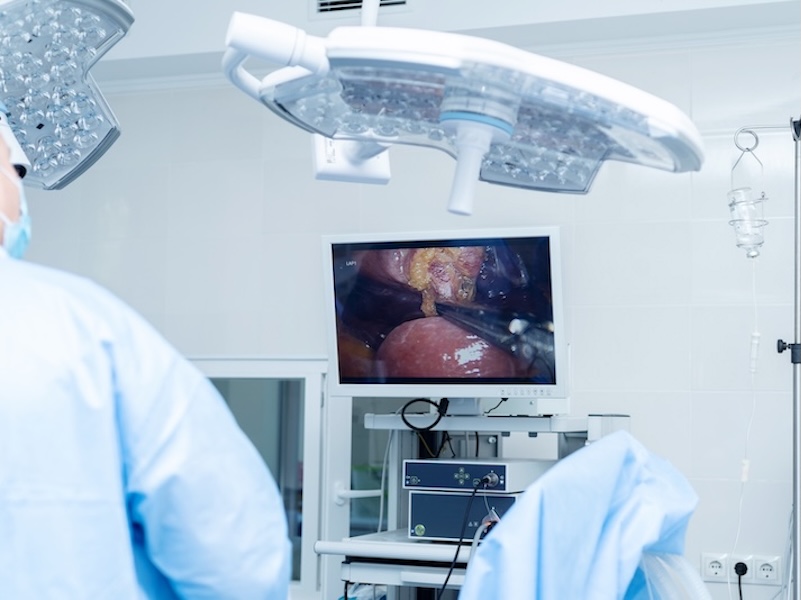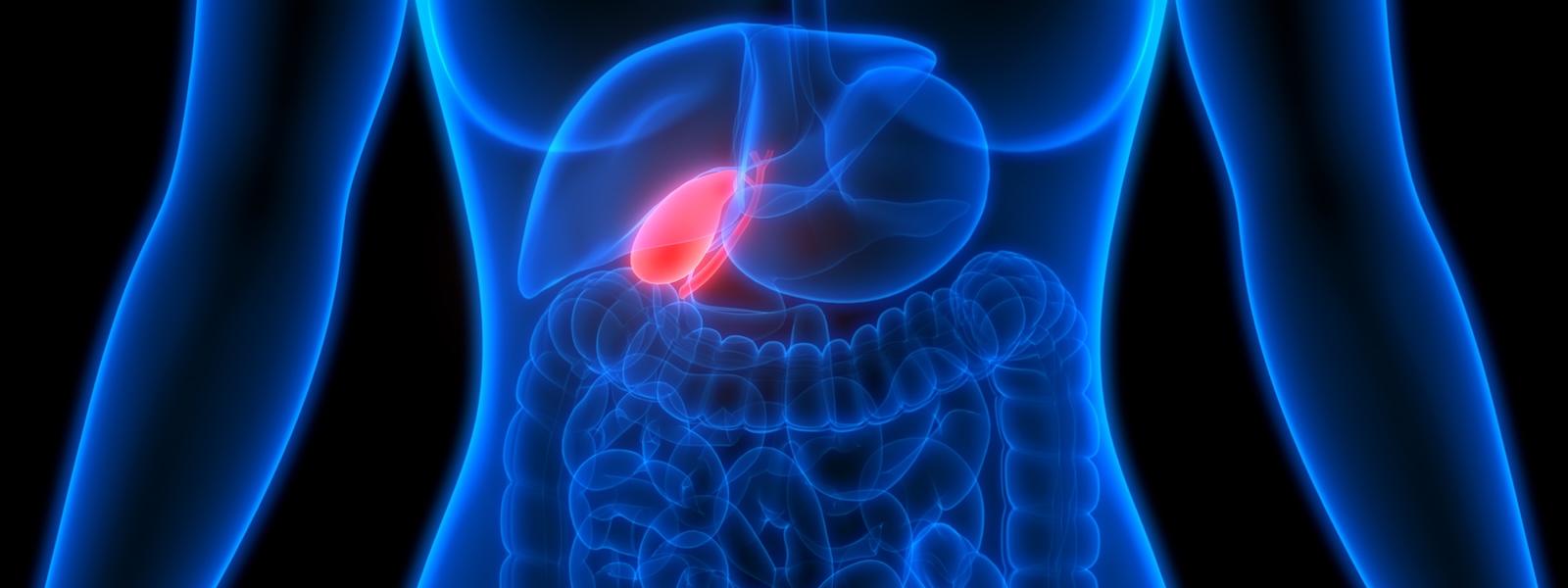
Gallbladder Disease
Gallbladder Pain & Gallstones
Gallbladder Pain (also called Biliary Colic) and gallstones can have various causes. Sometimes, small hard deposits called gallstones can form within the gallbladder. When stones are present within the gallbladder and it tries to contract, a stone may block the outlet of the gallbladder. This results in pain in the upper abdomen that can be sharp and intermittent. It is usually associated with food intake, particularly food containing a lot of fat. Typically, these episodes are temporary and the pain resolves when the stone is no longer blocking the gallbladder duct. Your doctor may order an ultrasound test to look for gallstones, and/or another test called a HIDA scan to check the function of your gallbladder.
Gallbladder Symptoms may include:
- sharp pain in the right upper abdomen
- nausea
- vomiting
- fever
- yellow eyes
- pain wrapping around bottom of right rib cage
- pain worse after eating fried or greasy food
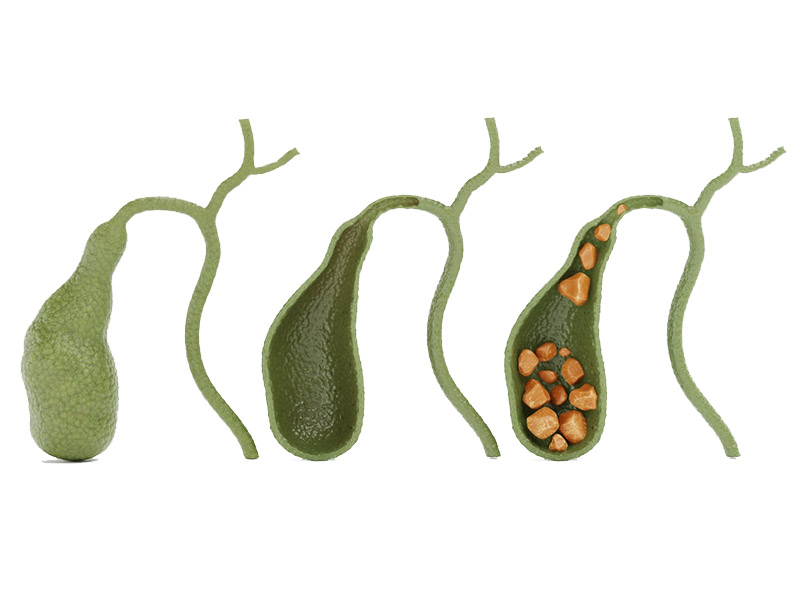
Acute Cholecystitis
Unfortunately, if a stone stays stuck within the outlet of the gallbladder, it can cause inflammation and infection in your gallbladder, known as Acute Cholecystitis. You may experience severe ongoing pain, fever, and other symptoms.
This is considered an emergency and may require urgent gallbladder surgery to resolve the infection.
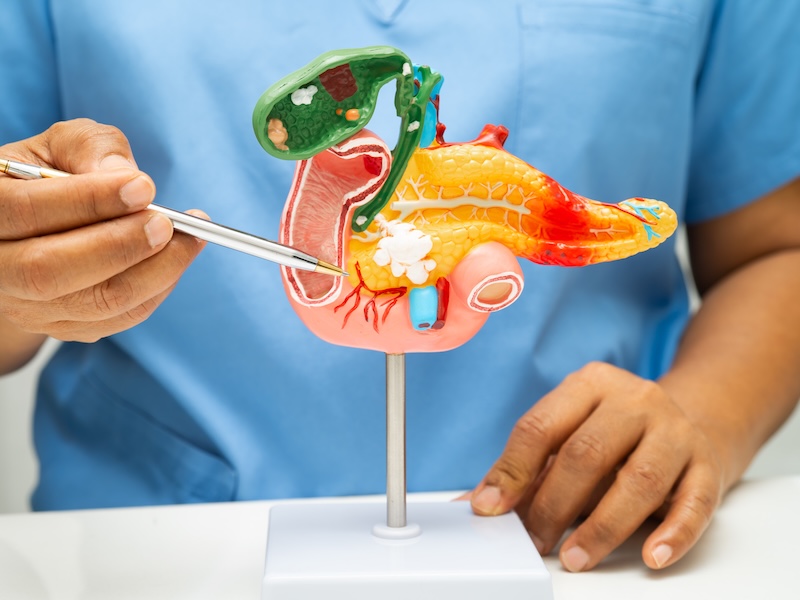
Bile Duct & Pancreas
Occasionally, stones within the gallbladder may travel out of the gallbladder and get stuck in the main duct that delivers bile to the intestines (common bile duct). Should this happen, patients may experience pain, fever, and/or yellowing of the skin and/or eyes. They may also notice stools that appear clay-colored.
Patients may also develop pancreatitis, inflammation of the pancreas, should stones get stuck in the region of the pancreas duct.
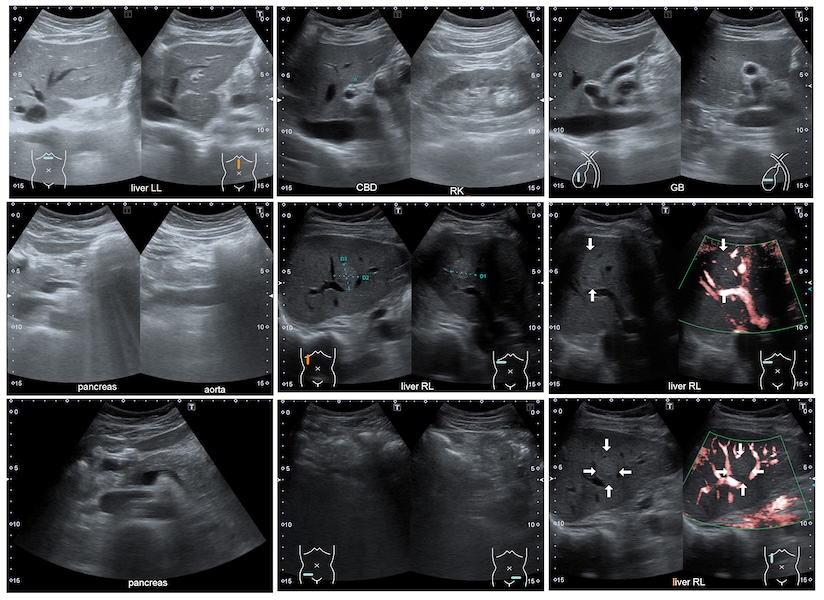
Testing & Diagnosis
Your doctor may order an ultrasound test to look for gallstones, and/or another test called a HIDA scan to check the function of your gallbladder.
Treatment for Gallbladder Problems
Surgical removal of the gallbladder is usually the best treatment for gallbladder problems. This is one of the most common surgeries performed in the United States. It is typically done with small incisions, laparoscopically or robotically. This surgery is done as an outpatient procedure, which means patients typically go home on the day of surgery after a period of observation.
In the situation that gallstones are present in the main duct system (common bile duct) a separate procedure, known as an ERCP, may need to be performed prior to removal of the gallbladder. This procedure involves removal of stones from the main duct.
